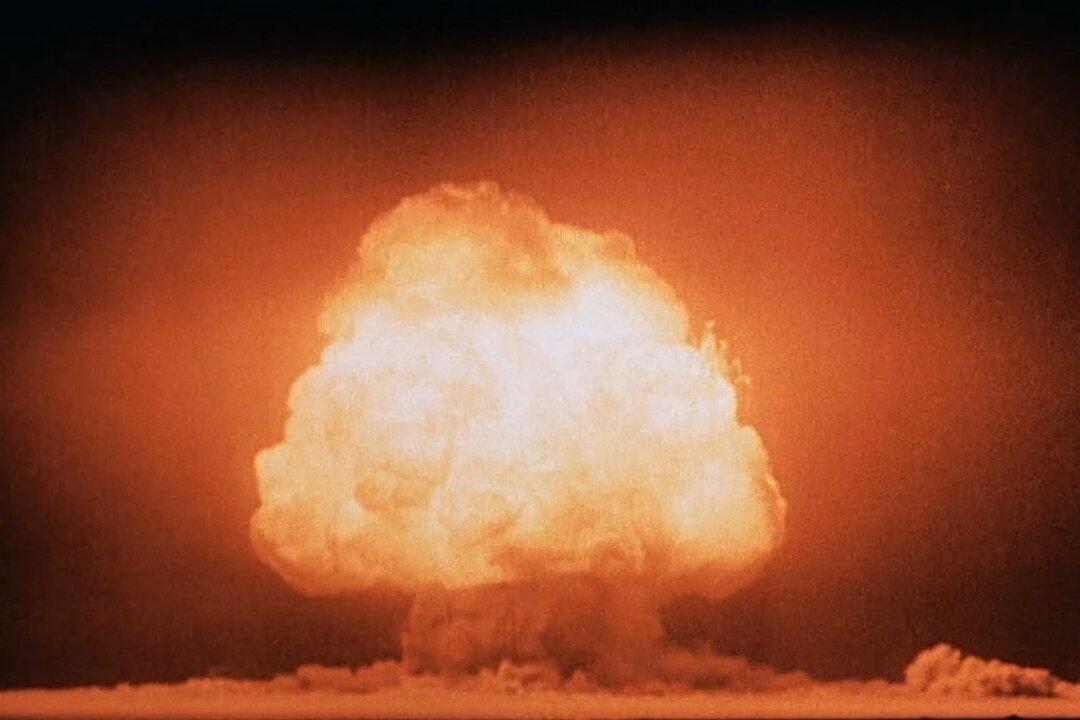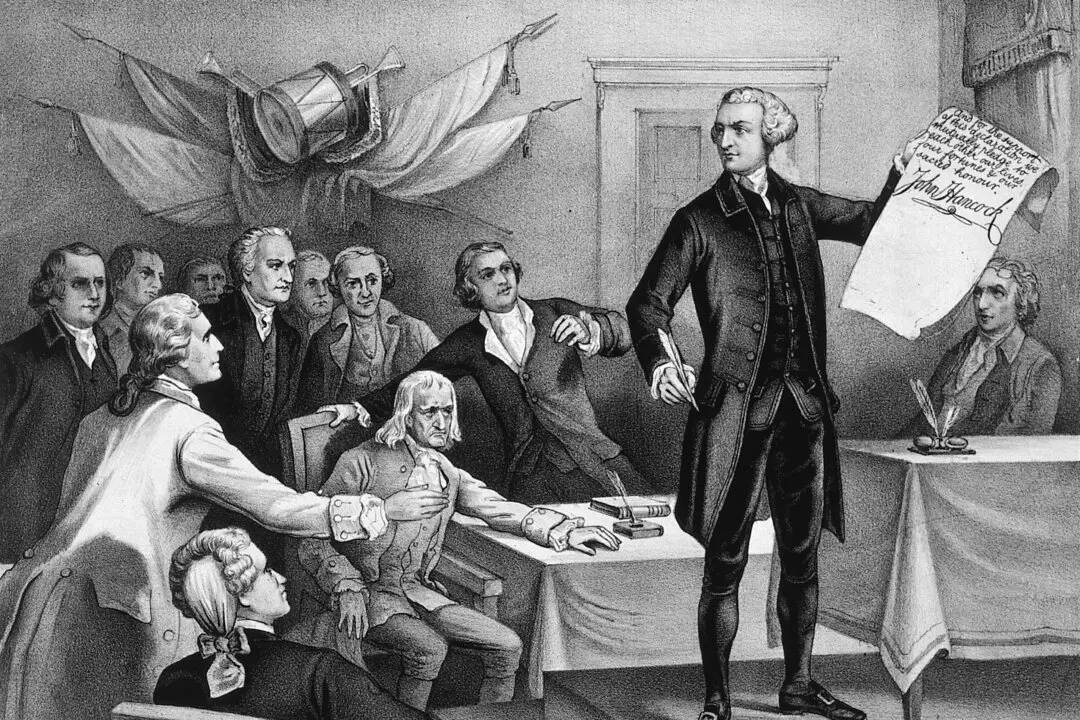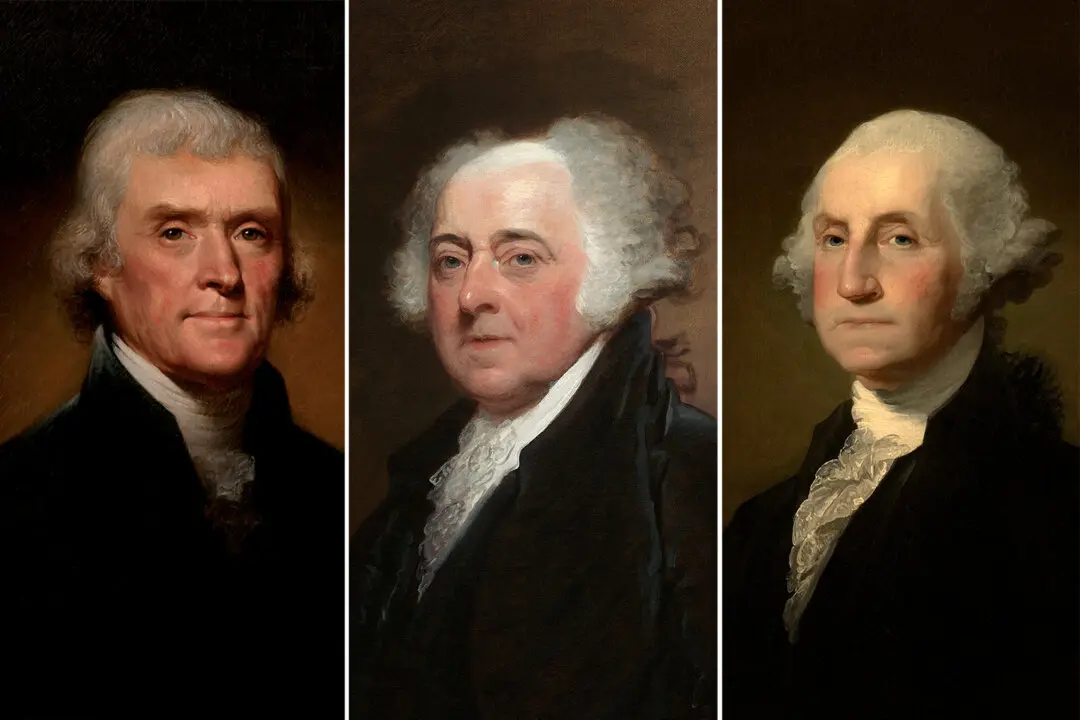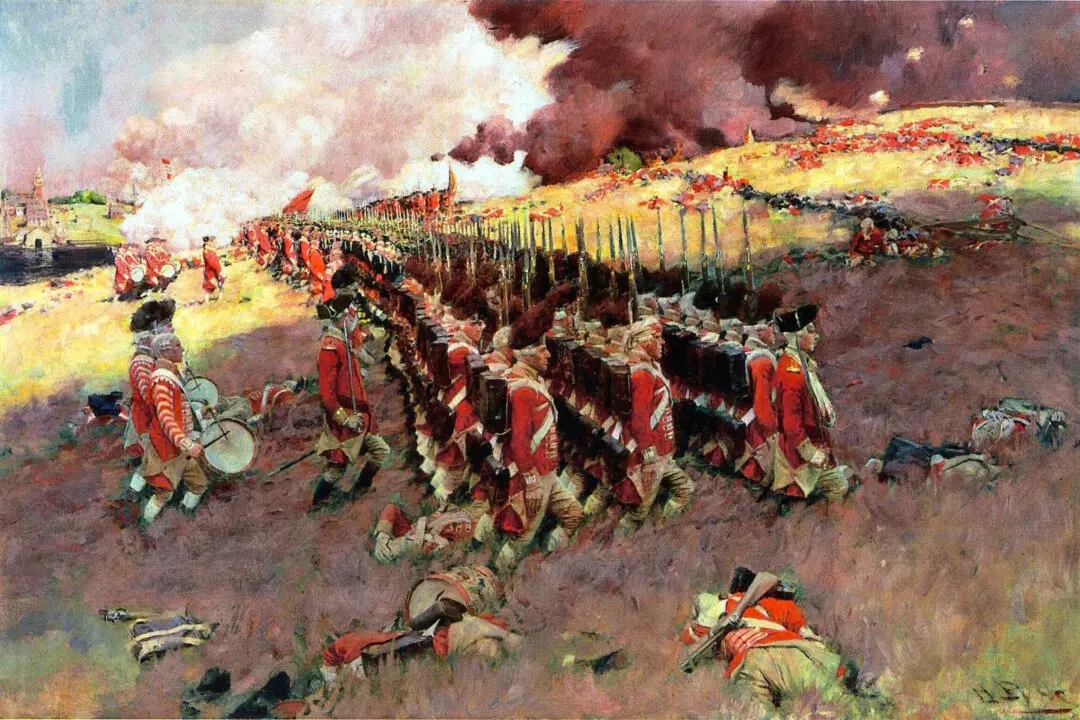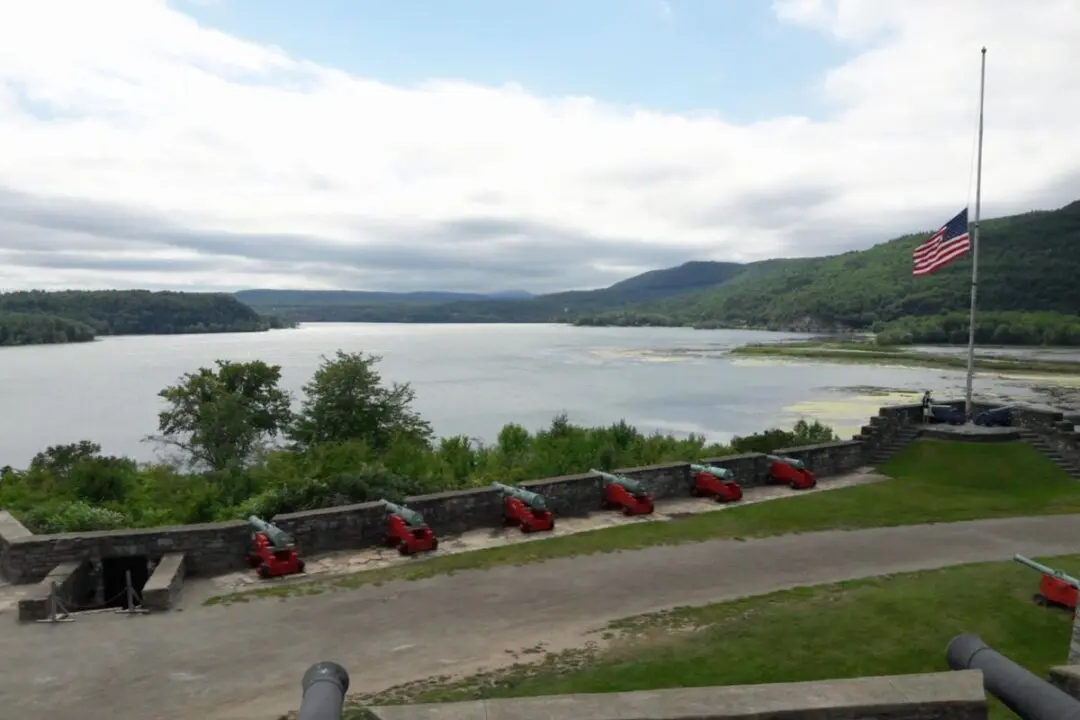In September 1941, Werner Heisenberg, a German physicist, traveled to occupied Copenhagen to attend a conference and meet with his friend and mentor Niels Bohr, a Danish physicist. Initially, their interaction was cordial and amicable. However, tensions arose when Heisenberg approached Bohr for help in Germany’s nuclear research program, aimed at creating an atomic bomb. This request deeply unsettled Bohr, and he declined to assist Heisenberg. Two years later, the Gestapo targeted Bohr for arrest, forcing him to escape to Sweden for his safety.
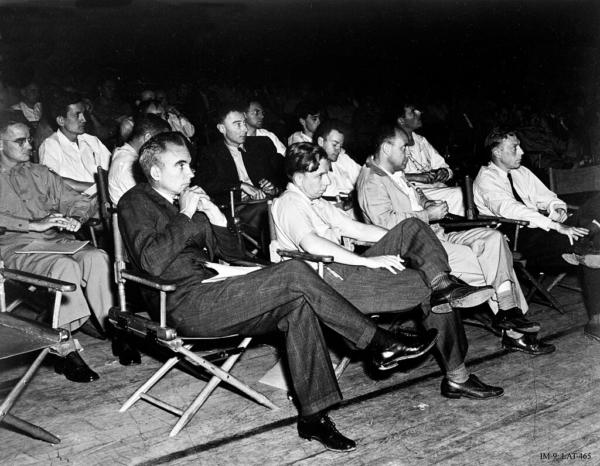
A group of physicists at the 1946 Los Alamos colloquium on the Super. In the front row are Norris Bradbury, John Manley, Enrico Fermi and J.M.B. Kellogg. Behind Manley is Oppenheimer (wearing jacket and tie), and to his left is Richard Feynman. Attributed to Los Alamos National Laboratory

